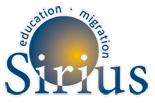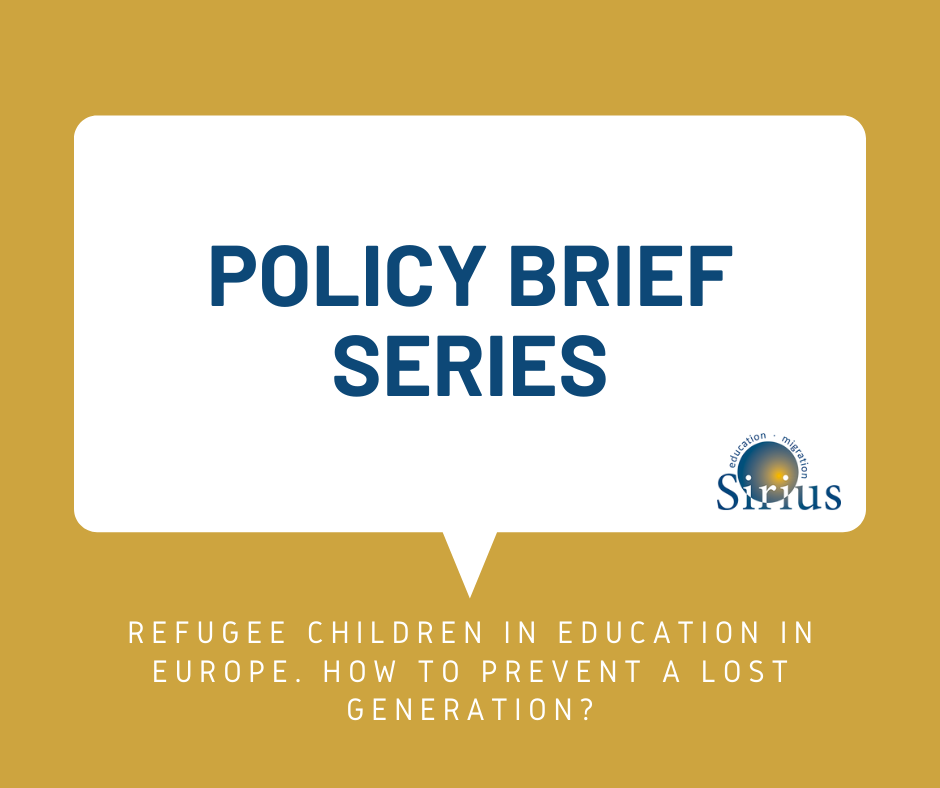Already for decades, European countries have ample experience receiving refugee children. The last peak was in the 1990s due to the civil war in former Yugoslavia, the war in Iraq and the political situation in Iran. Because of the most recent conflicts in the Middle East and Africa, between 2013 and 2015 no less than 613.395 youngsters under the age of eighteen applied for asylum (European Commission Education and Training Monitor 2016). Policy makers and practitioners across Europe are struggling to offer education to these new refugee children (EUROCITIES, 2017). Civil society organizations were often the first to provide language and educational support for refugee children. The coordination of the efforts of the different stakeholders (different local government bodies and civil society organizations) was often difficult to manage (Peer learning report Sweden). What can we learn from all these experiences, so that the children and young people arriving will not become a lost generation?
We found different models now used to incorporate refugee children in education. We roughly distinguish three:
Parallel school system: Refugee children are largely incorporated into a parallel school system (example Turkey).
Access to vocational school levels: Refugee children are included in the national education system but are largely streamed into the (lowest) vocational streams (examples are Germany, Flanders and the Netherlands)
Access to all school levels: Refugee children are included in the national education system, with the aim to stream them to all school levels (including the academic levels) according to their capabilities (example is Sweden).
In the policy brief we will show what refugee children need to be successful in school. We identified six major school arrangements that affect school success.
Free of costs pre-school places for the youngest refugee children to start to learn the second language early.
Sustained second language programs should be available from pre-school until upper-secondary school to accommodate children from all age groups. Teachers should get up-to-date second language teacher training and especially developed materials and methods.
For 16+ and 18+ students: Education should be available also after compulsory schooling (for instance adult education) if we want to prevent a lost generation. Stopping or only providing limited access to education beyond compulsory schooling is highly disruptive.
Short introductory classes, after which students are immersed into regular classes. Being placed for one or two years in welcome classes or international classes is detrimental to school success. Introductory classes should be connected to all secondary school levels (not just vocational education).
Additional support teachers should be assigned to follow up on children’s needs.
Direct access to English Master programs for students holding a BA, comparable to international
students.
An integrated approach is key, where these arrangements are linked together (See also the recommendations of European Commission Report: Study for educational support for newly arrived migrants, PPMI 2013). For example, short introductory programs can only be successful when combined with sustained second language support.
This policy brief is mainly focused on education measures, however other policies and factors that have an impact on the education chances and outcomes of refugee children and youngsters.


